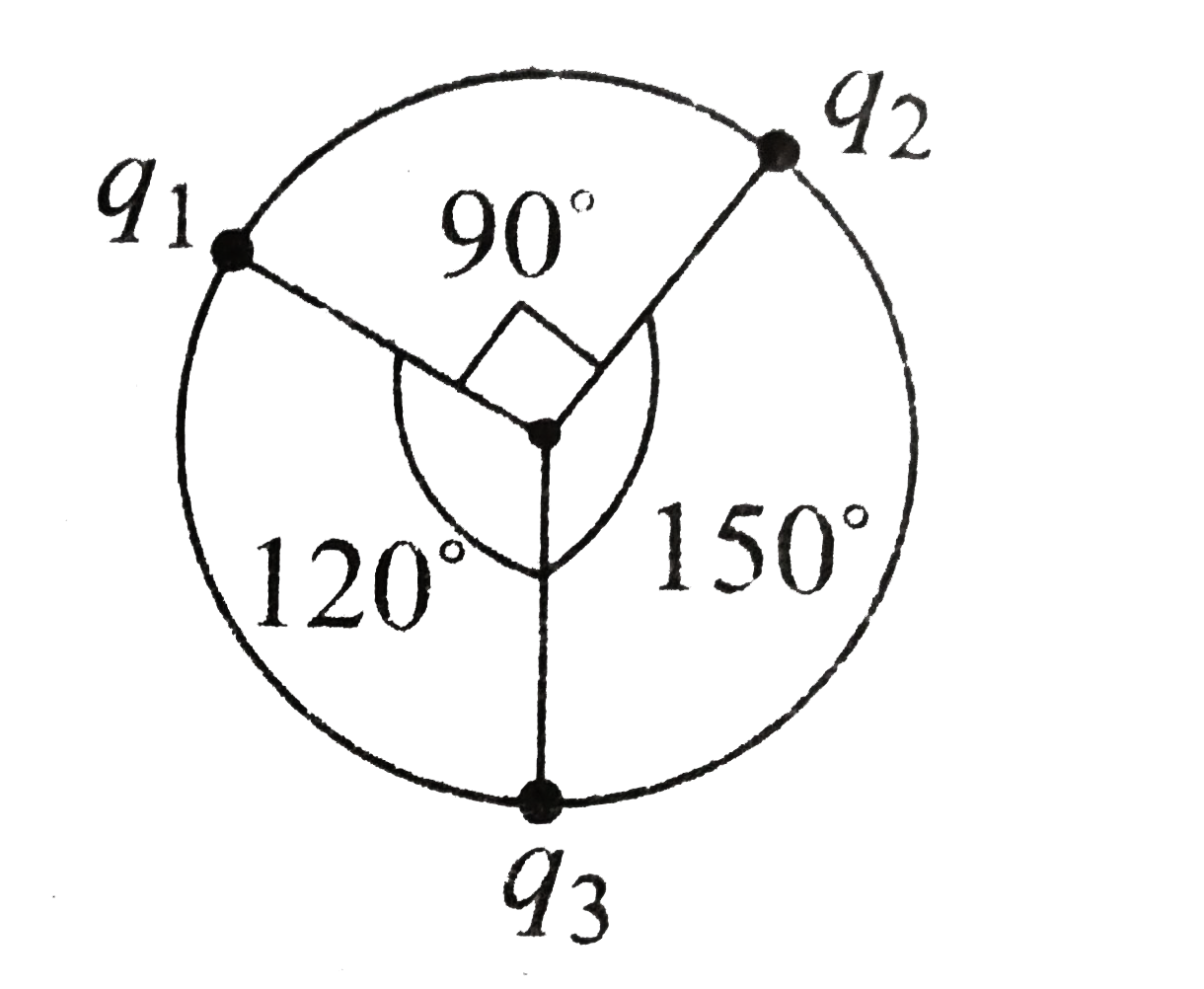The like charges
Repel each other
Attract each other
No interaction takes place
All of these
The correct Answer is:A
Step by step video, text & image solution for The like charges by Biology experts to help you in doubts & scoring excellent marks in Class 9 exams.
Topper's Solved these Questions
- BOOK - AGRAWAL EXAM CART BIHARCHAPTER - NATURAL PHENOMENA (LIGHTING AND EARTHQUAKES)EXERCISE - IMPORTANT QUESTIONS38videos
NATURAL PHENOMENA (LIGHTING AND EARTHQUAKES)
- BOOK - AGRAWAL EXAM CART BIHARCHAPTER - MICRO-ORGANISMS AND FOOD PRESERVATIONEXERCISE - IMPORTANT QUESTIONS55videos
MICRO-ORGANISMS AND FOOD PRESERVATION
- BOOK - AGRAWAL EXAM CART BIHARCHAPTER - PRACTICE SET -1EXERCISE - SECTION -IV (GENERAL SCIENCE)27videos
PRACTICE SET -1
Similar Questions
As is known, all mater is made up of atoms/molecules. Every atom consits of a central of a central core, called the atomic nucleus, around which negatvely charged electrons revole in ciruclar orbits. Every atom is electrically neutral. Containing as many electron as the number of protons in the nucleas.
Thus, even though normally, the materails are electrically neutral, they do contains charges, but thier charges are exactly balanced. The vast amount of charge in an object is usually hidden as the object is usually hidden as the object is said to be electracally neutral charge. With such an equality or balance of charges the object is said to be electrically neutral or uncharged. To electrify or charge a neutral body, actully transfer to the other body. The body which gains electrons become negatively charged and the body which loses electrons becomes positivelyh charged. Further, like charges repel adn unlike charges attract.
Read the above passage and answer the following questions :
(i) Every body, whether a conductor or an insulator is electrically neutral. Is it true ?
(ii) Charging lies in charge imbalance, i.e, excess charge, comment.
(iii) How do you visualize this principle being applied in our daily life ?View SolutionLike charge ………… each other and unlike charges ……… eachother.
View Solution
Knowledge Check
- Question 1 - Select One
Choose the letter of the best answer
Two like chargesArepel each otherBfirst repel then attractCfirst attract then repelDattract each other - Question 2 - Select One
Electric field intensity at a point in between two parallel sheets with like charges of same surface charge densities (σ) is
Aσ2ε0B3σε0C2σε0DZero. - Question 3 - Select One
Electric field intensity at a point in between two parallel sheets with like charges of same surface charge densities (σ) is
Aσ2ε0Bσε0CzeroD2σε0
What is the correct order of following steps for an experiment to prove that like charges repel each other?
(A) Take two galss rods.
(B) Now bring these two charged rods nearer.
(B) Now bring these two charged rods nearer.
(C) Charge them by rubbing each glass rod with a silk cloth.
(D) The glass rods equal other showing that like charges repel each other.View SolutionWrite the following steps in sequential order to prove that like charges repal each other.
(A) Take two glass rods.
(B) Now bring these two charged rods nearer.
(C) Charge them by rubbing each glass rod with a silk cloth.
(D) The glass rods equal other showing that like charges repel each other.View SolutionWrite the following steps in sequential order to prove that like charges repal each other.
(A) Take two glass rods.
(B) Now bring these two charged rods nearer.
(C) Charge them by rubbing each glass rod with a silk cloth.
(D) The glass rods equal other showing that like charges repel each other.View SolutionTwo like charges of magnitude 1×10−9 coulomb and 9×10−9 coulomb are separated by a distance of 1 meter. The point on the line joining the charges , where the force experienced by a charge placed at that point is zero , is
View SolutionThree positive point charges q1,q2,andq3 form an isolated system. Suppose the charges have generated a property due to which like charges also attract. The charges are moving along a circle with same speed maintaining angles as shown in the figure. The charge q1 experiences a force f1 due to other two charges. Similarly, q2 experiences a force f2 and q3, a force f3. The ratio of f1:f2:f3 is
 View Solution
View Solution

